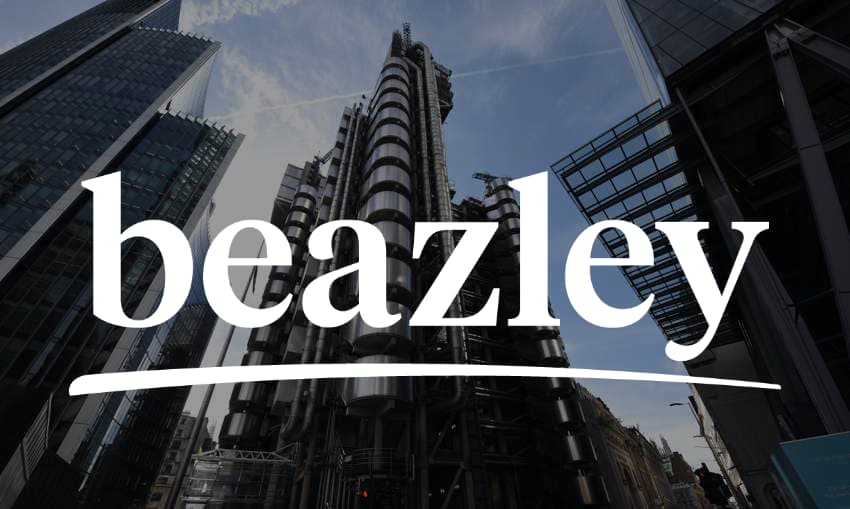“The finance ministry has asked banks to submit data about their held-to-maturity (HTM) portfolios and mark-to-market (MTM) losses in trading books to identify any potential stress,” one senior banker said on condition of anonymity.
The data collection process has been going on for the last few days and is more of a precautionary exercise because the government “does not want to be caught off-guard” if the crisis spirals further, the banker added.
It was not immediately clear when the last check was done. However, the government or the Reserve Bank of India typically asks for such data during bouts of volatility.
The bankers did not want to be named as they are not authorised to speak to the media. The Ministry of Finance did not respond to a Reuters email seeking comment.
HTM investments are securities that banks purchase and intend to hold until they mature. Typically, government bonds are the most common form of such investments.
These HTM investments account for 60% of banks’ investment books, of which government securities form around 95%, according to a Macquarie report. Following the collapse of some U.S. regional banks, there have been concerns about lenders globally having to field possible losses in their HTM portfolio.
Indian bankers said they currently do not foresee any large MTM losses because they have strong capital levels and the rise in government bond yields has been gradual.
India’s 10-year benchmark bond yield has risen 50 basis points (bps) so far this financial year, during which the Reserve Bank of India has raised the policy repo rate by 250 bps. Most market participants expect the RBI to raise rates by 25 bps, to 6.75%, at its next policy meeting in April.
“Though there is nothing to worry about banks’ bond holdings, the government is likely to discuss the same after asking for data from banks,” said another senior treasury official at a state-run bank.
“It is just to check the stability of state-run banks.”
Most analysts believe that Indian banks are not facing the same level of pressure on their bond portfolios as U.S. banks.
“Unless there is a run on banks and they face enormous liquidity issues, the need to sell HTM book is low,” Suresh Ganapathy, head of Macquarie Capital’s financial research, said in a note.
And since Indian banks’ HTM book comprises high-quality government securities, the MTM losses are unlikely to be to the same extent as for global banks, Ganapathy added.
While Indian banks have cleaned up their balance sheets in the past few years, Capital Economics said some vulnerabilities lurk.
A high ratio of non-performing loans and low regulatory capital are causes for concern, Shilan Shah, deputy chief emerging markets economist at Capital Economics, wrote in a note this week.
“The loss absorption capacity – the loan loss rate needed to reduce the tier 1 capital ratio below the regulatory minimum of 4.5% – is lower in India than in other EMs.”





































